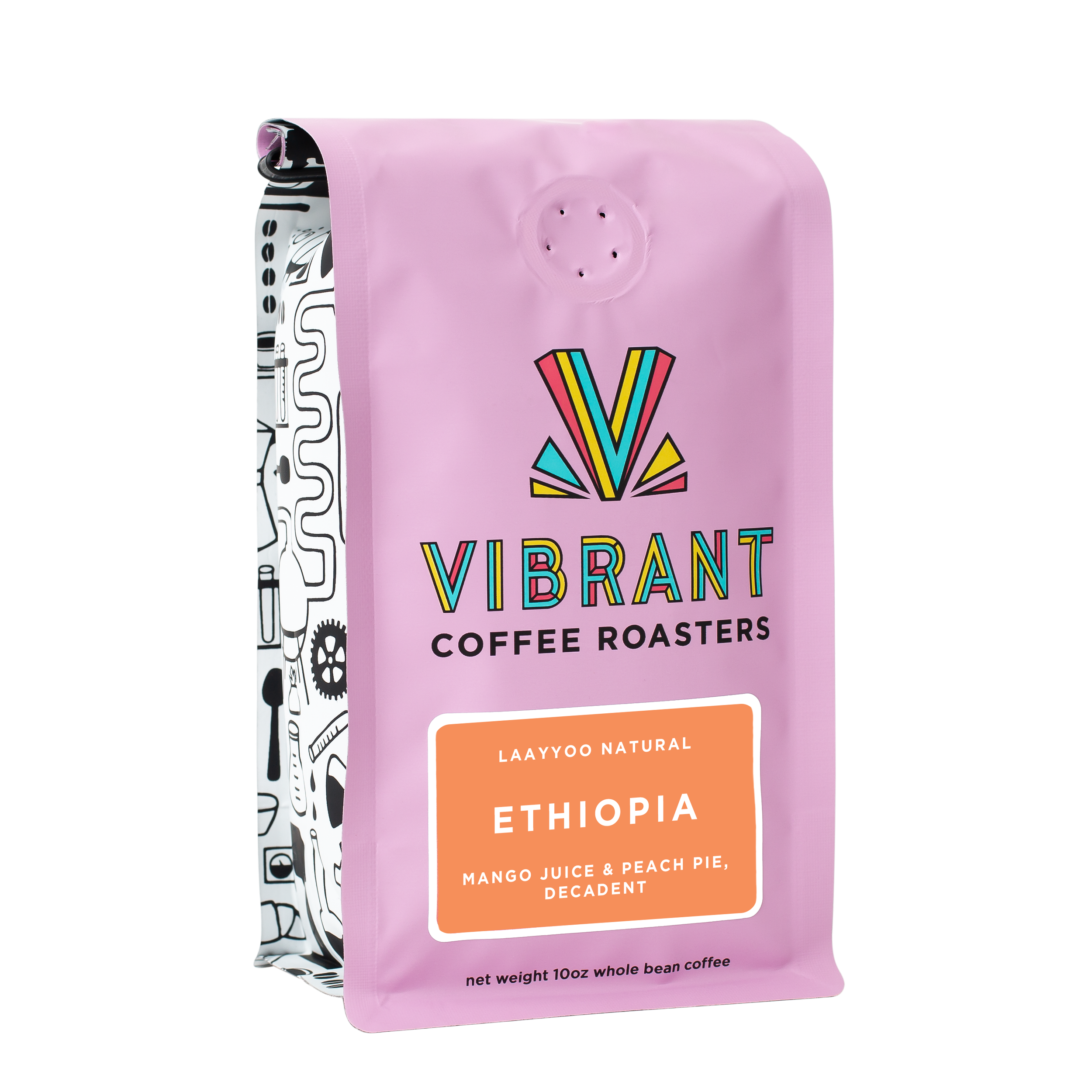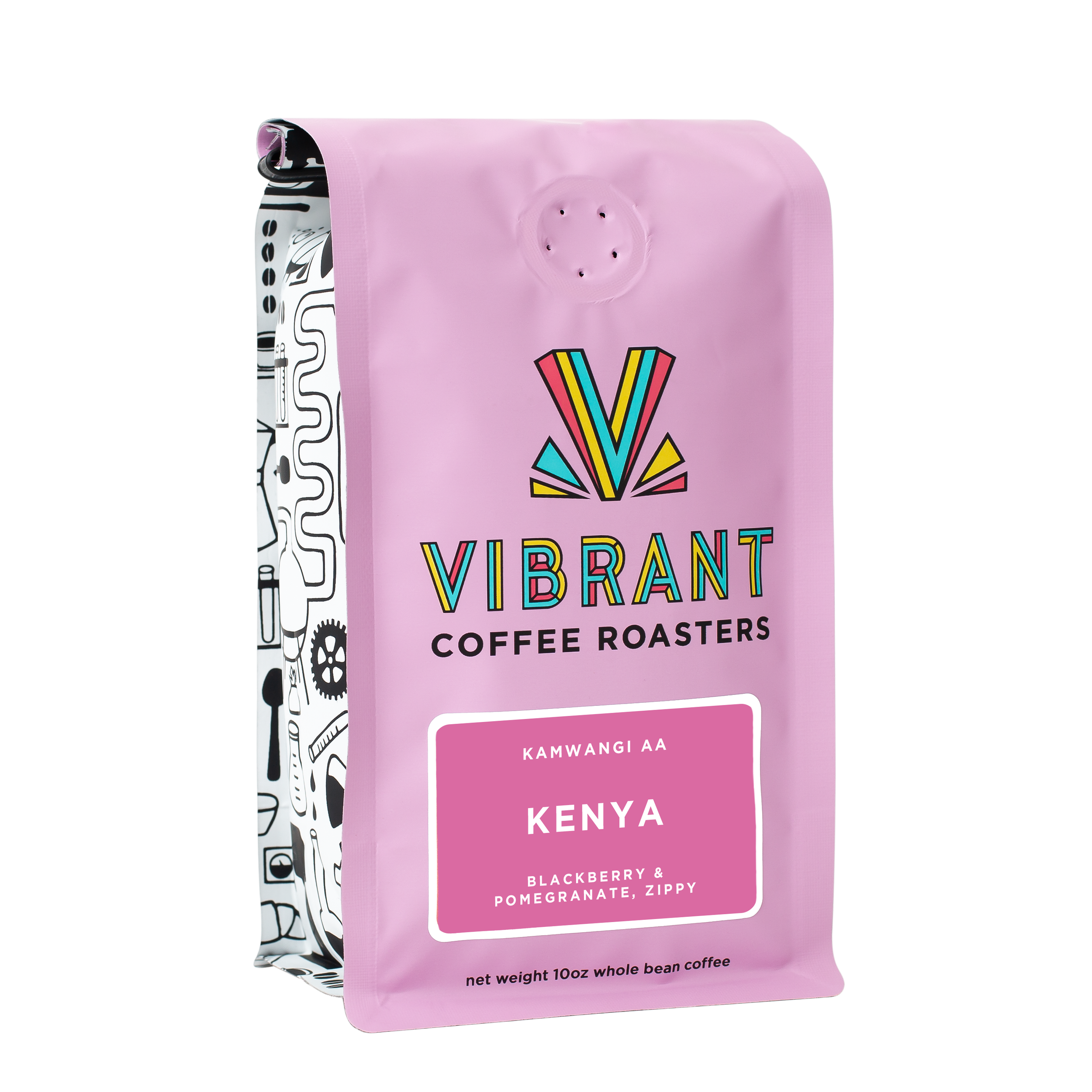Why We Love This Coffee
It’s hard to believe how different the coffee landscape is now compared to when we were first introduced to this coffee in 2019. Today, there are frankly too many anaerobics and experimentally-processed coffees on the market, many of which are done haphazardly and are full of off-putting flavors. The good ones are few and far between - but this is one of them!
Diego Samuel Bermudez has been on a mission to transform what can be done with coffee since 2008, despite not coming from a family with a long history of coffee farming. In 2015, Finca El Paraíso won first place in a regional competition and really made the dream start to become a reality. At that point, the family founded the company INDESTEC, with the purpose of researching and optimizing coffee processes.
This particular coffee starts with the selection of ripe coffee cherries, which are disinfected with ozone right away. 36 hours of anaerobic fermentation in sealed tanks full of water comes next, followed by pulping and de-muciligination. The pulp and mucilage are used to create a culture medium with specific microorganisms that carry aroma and flavor precursors. That culture medium is then added back to the tanks for 20 hours of pressurized anaerobic fermentation with the beans, and then a thermal shock wash process is carried out to fix a greater amount of precursors and seal the coffee for a good drying process. Throughout the process, temperature, pH, pressure, and other environmental factors are closely monitored.
Drying is done with a dehumidifier to stop the metabolic processes to avoid over-fermentation, prevent staling, and preserve the delicate flavors and aromas. Finally the coffee is stabilized and stored in a cool environment.
And the results speak for themselves! The Castillo variety isn’t particularly known for being fruity, but due to the meticulous processing, this coffee screams raspberry and strawberry, with an almost yogurt-like lactic body, and an incredibly fragrant rose tea finish.
Water Recommendation:
For those of you who want to get every last drop of excellence out of this coffee, our preferred brewing water (at least for cupping) is full strength Third Wave Water (130ppm GH, 40ppm KH), though Rao/Perger water (90ppm GH, 42ppm KH) is not far behind.
Full-strength Third Wave Water gives a very sweet, juicy cup with the sweet raspberry and strawberry flavors.
Half-strength Third Wave Water (65ppm GH, 20ppm KH), which is nearly identical to Lance Hedrick’s Light & Bright water (60ppm GH, 25ppm KH), gives a much more acid-driven cup profile that lacks sweetness and complexity, like an underripe raspberry. There’s a bit of greenness to it, although the florals are beautifully soft.
Rao/Perger water gives an excellent flavor profile that is just a little less sweet and less fruit-forward than full strength Third Wave Water. This water does offer the most nuance and complexity though.
Philadelphia water (Baxter water supply) filtered with a three-stage carbon system with a little softening (somewhat similar to what a Brita pitcher would do) also gives an excellent cup profile, most similar to full strength Third Wave Water, though there is a bit more generic brown “coffee-like” flavor to it.
If this is all very confusing—check out our blog post on water for coffee!










